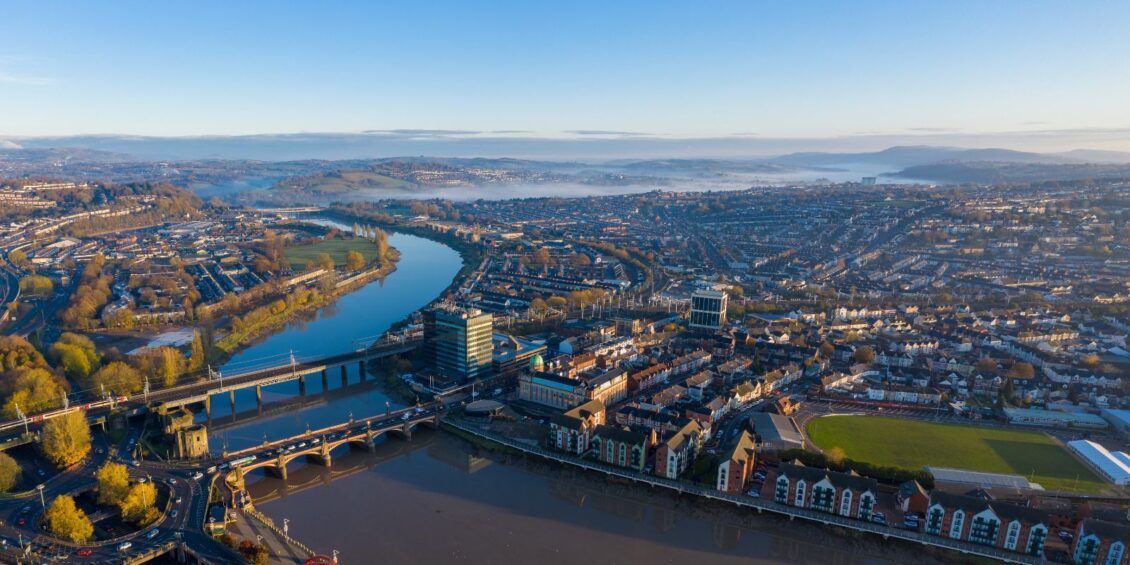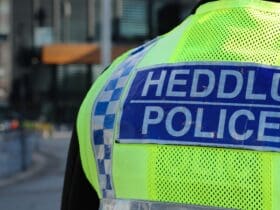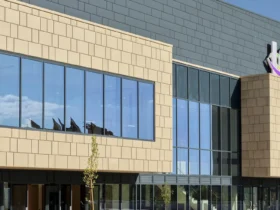A heat network provides heat and hot water from centralised or distributed sources to buildings connected through a network of pipes.
They remove the need for individual properties to purchase, service and maintain their own heat source, such as a gas boiler.
Gas currently accounts for 28 per cent of the city’s total carbon emissions, with that percentage set to increase as our transport and electricity networks become cleaner.
Low-cost waste heat can be recovered from industrial and commercial premises to be shared with other users.
Recovering or generating heat locally through heat networks would play a key role in reducing the city’s gas usage, reducing these emissions.
Heat networks can help to provide local energy security and less reliance on fossil fuels, which will help us in our work to decarbonise Newport.
As part of its remit, the feasibility work will:
- gather evidence around the potential for heat networks in the city
- consult with stakeholders on potential heat sources and demand
- work with potential investors to develop a suitable delivery model for the project
The evidence base will also be used to support updates to planning policies and inform our replacement local development plan.
An example of a heat network already exists in the city on the Duffryn estate. Established in the 1970s, over 970 buildings including homes, local schools and businesses are connected to a single low carbon heat source.
More recent modern heat networks have also been established in Bristol and Cardiff. The Cardiff heat network will use excess heat from the waste incinerator in Splott to provide sustainable heat to buildings in Cardiff Bay.
Bristol have established two heat networks, in Redcliffe and Old Market, with a third in Bedminster under construction, and more planned for other parts of the city.
“I’m grateful to my cabinet colleagues for supporting this study into establishing heat networks in Newport,” said Councillor Yvonne Forsey, cabinet member for climate change and biodiversity.
“Heat networks offer us a fantastic opportunity to reduce carbon emissions city-wide and are a key tool in helping us become a carbon-neutral city by 2050.
“This initial work is vital in establishing how these networks could look, as well as setting out a practical plan for delivering them, which is why cabinet felt it was important to commit the required resources to this project.”









Leave a Reply
View Comments